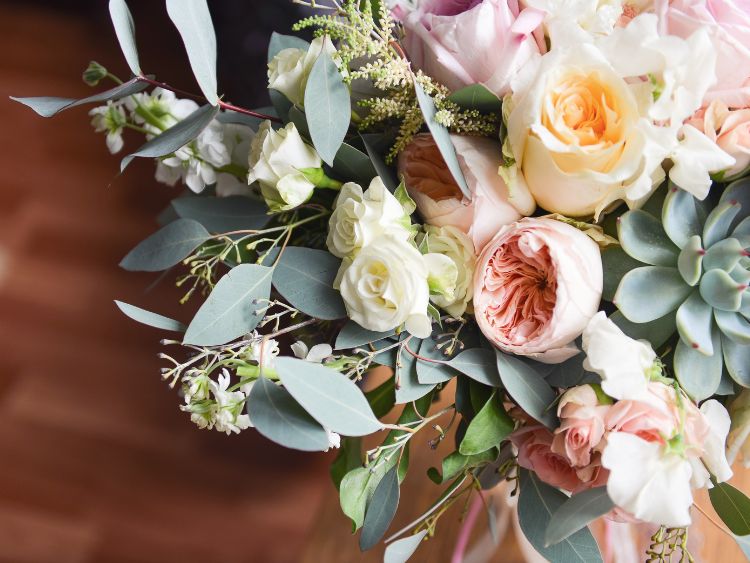Semi-Formal vs Formal: Understanding the Differences and When to Wear Each
Navigating the world of dress codes can sometimes feel like walking a tightrope, especially when the lines between ‘semi-formal’ and ‘formal’ attire seem blurred. You’ve probably found yourself staring at an invitation or a dress code requirement, wondering what exactly is expected of you. Are you supposed to wear a tuxedo or is a suit acceptable? Should you opt for a cocktail dress or is a ball gown more appropriate? These are common questions, and getting the answers right can make all the difference between feeling confidently dressed or out of place.
In this article, we’ll delve into the differences between semi-formal and formal attire, providing you with a clear understanding of what each dress code entails. By the end, you’ll know exactly what to wear for any event, from weddings to corporate galas, without second-guessing yourself. So, let’s break down the essentials of semi-formal vs formal attire.
What Is Formal Attire?
When you hear the term ‘formal attire,’ think of the highest level of dress code. Formal wear is reserved for the most prestigious and significant events, where looking your absolute best is non-negotiable. This dress code leaves little room for personal interpretation—it’s all about elegance, sophistication, and adhering to tradition.
For Men:
- Tuxedos: The cornerstone of men’s formal attire is the tuxedo. Typically black or midnight blue, a tuxedo is paired with a formal white dress shirt, a bow tie (usually black), and black patent leather shoes. Cummerbunds or waistcoats are common, and cufflinks are a must.
- Tailcoats: For ultra-formal events, such as state dinners or royal ceremonies, a tailcoat might be required. This is often paired with white tie attire, including a white bow tie and a white waistcoat.
- Accessories: Formal attire for men is completed with accessories like pocket squares, formal cufflinks, and sometimes even a top hat, depending on the occasion.
For Women:
- Evening Gowns: The hallmark of formal attire for women is the evening gown. These floor-length dresses are typically made from luxurious fabrics like silk or velvet and may be adorned with sequins, lace, or intricate embroidery.
- Footwear: High heels are the go-to choice, and they should complement the gown without overpowering it.
- Jewelry: Formal attire is often accompanied by fine jewelry—think diamond earrings, a delicate necklace, or a statement bracelet.
- Clutch Bags: A small, elegant clutch bag is a standard accessory, ideally one that matches or complements the gown.
What Is Semi-Formal Attire?
Semi-formal attire, while still polished and refined, offers a bit more flexibility and allows for personal style to shine through. It’s less rigid than formal wear, making it suitable for events like cocktail parties, evening weddings, or upscale dinners.
For Men:
- Suits: The backbone of semi-formal attire for men is the suit. Unlike formal wear, you can experiment with colors and patterns, although dark, solid colors are most common. A tie is usually worn but isn’t as strictly required as in formal settings.
- Dress Shirts: A crisp dress shirt is essential, often in white or light colors, but subtle patterns are also acceptable.
- Shoes: Polished dress shoes like Oxfords or brogues work well, though they don’t need to be as shiny as patent leather.
- Accessories: Semi-formal attire allows for more personalized accessories, such as a pocket square, tie bar, or even a stylish watch.
For Women:
- Cocktail Dresses: Women typically opt for cocktail dresses or a sleek, knee-length dress for semi-formal events. The dress may have more playful elements, like a pop of color or a unique texture, compared to the strictly elegant evening gown.
- Separates: Another option is a sophisticated blouse paired with a chic skirt or tailored pants.
- Footwear: Heels are still a popular choice, but they can be lower and more comfortable compared to formal attire.
- Jewelry: Semi-formal events allow for more creativity in jewelry, from bold statement pieces to minimalist accessories.
Key Differences Between Semi-Formal and Formal Attire
While both semi-formal and formal attire require a polished, put-together look, the key differences lie in the level of formality, the freedom of choice, and the types of events where each is appropriate.
- Level of Formality: Formal attire is the most elevated, leaving little room for deviation from the classic dress code. Semi-formal attire, while still requiring sophistication, allows for more personal style and slightly less rigid rules.
- Event Type: Formal attire is reserved for black-tie events, galas, state functions, and other high-society events. Semi-formal attire is suitable for evening weddings, upscale parties, and events where a smart appearance is required but a tuxedo or evening gown isn’t necessary.
- Color Palette: Formal attire typically sticks to traditional colors—black, white, and sometimes midnight blue. Semi-formal attire offers more freedom with colors and patterns, especially for men’s suits and women’s dresses.
- Accessories: Accessories in formal attire are usually understated and classic, such as cufflinks and fine jewelry. Semi-formal attire allows for more playful accessories that can reflect personal style.
When to Wear Semi-Formal vs Formal Attire?
Choosing between semi-formal and formal attire depends largely on the occasion. Here’s a quick guide to help you decide:
- Weddings: Formal attire is often required for black-tie weddings, especially if the ceremony is in the evening. For most other weddings, semi-formal attire is a safe bet.
- Corporate Events: The invitation should specify the dress code. If it’s a gala or an awards ceremony, lean towards formal attire. For business dinners or cocktail parties, semi-formal is usually appropriate.
- Holiday Parties: Formal attire might be expected at a high-end New Year’s Eve party or a Christmas gala. Semi-formal works well for company holiday parties or upscale family gatherings.
- Charity Events: These can go either way. If the event is labeled black-tie, go formal. If it’s more relaxed, semi-formal is likely fine.
- Graduations: Semi-formal attire is typically the norm, as the event is celebratory but not overly grand.
FAQs About Semi-Formal vs Formal Attire
Q: Can I wear a short dress to a formal event? A: Generally, no. Formal events usually require floor-length evening gowns. A short dress is better suited for semi-formal occasions.
Q: Is a black suit considered formal attire? A: A black suit is more aligned with semi-formal attire. For formal events, a tuxedo or a tailcoat is expected.
Q: Can I wear a colored tie with semi-formal attire? A: Absolutely! Semi-formal attire allows for more creativity with accessories, including ties. Just make sure the color complements the overall look.
Q: Are there exceptions to these dress codes? A: Some events may blend dress codes or create unique themes, but these are exceptions. It’s always a good idea to confirm with the event organizer if you’re unsure.
Q: What footwear is best for semi-formal attire? A: For men, polished dress shoes like Oxfords or brogues are ideal. For women, heels or elegant flats work well, depending on the outfit.
Summary
Understanding the nuances between semi-formal and formal attire is crucial for ensuring that you’re appropriately dressed for any event. While formal attire demands a strict adherence to tradition and elegance, semi-formal attire provides a bit more leeway, allowing your personality to shine through while still maintaining a polished appearance. Whether you’re attending a black-tie gala or a sophisticated cocktail party, knowing the difference between these two dress codes will help you make the right sartorial choices every time.



